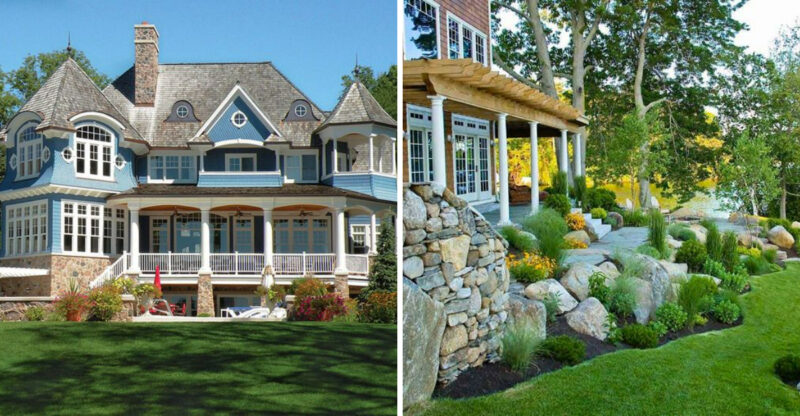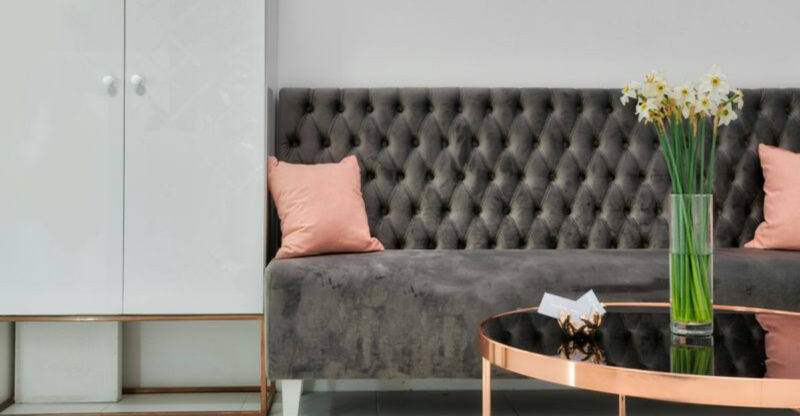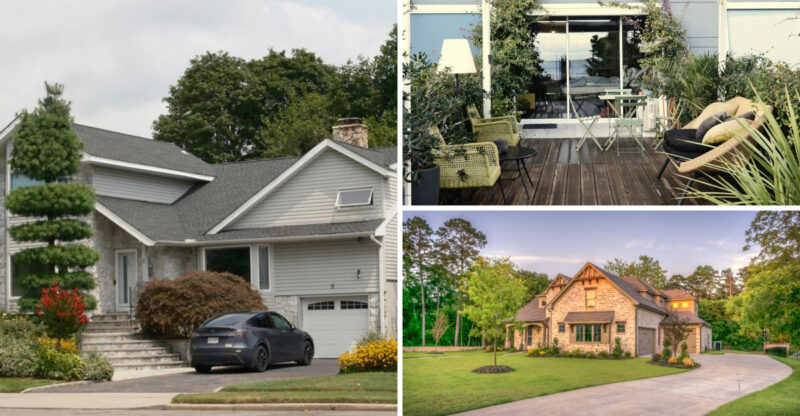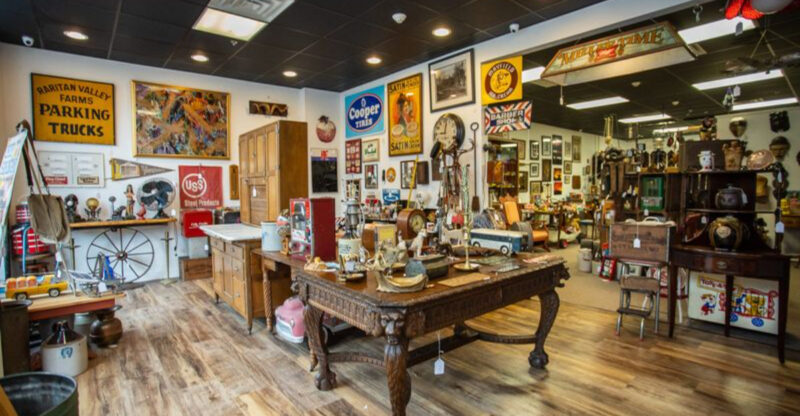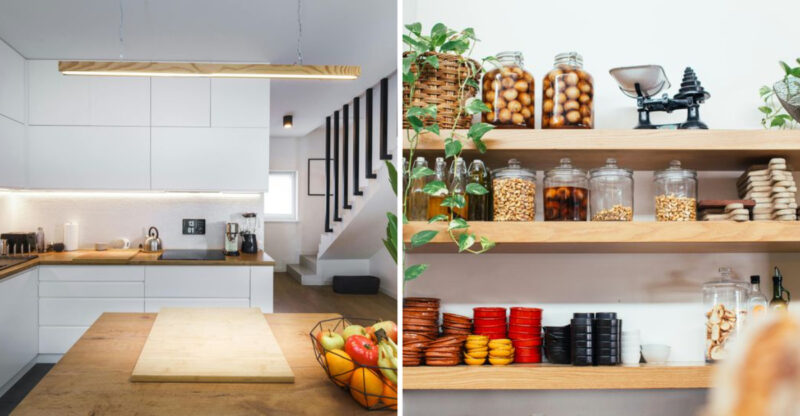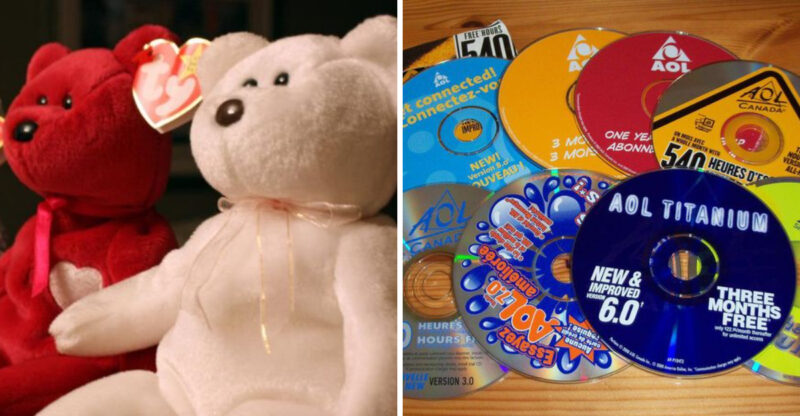9 Traditional Sofa Styles That May Be Gaining Interest Again
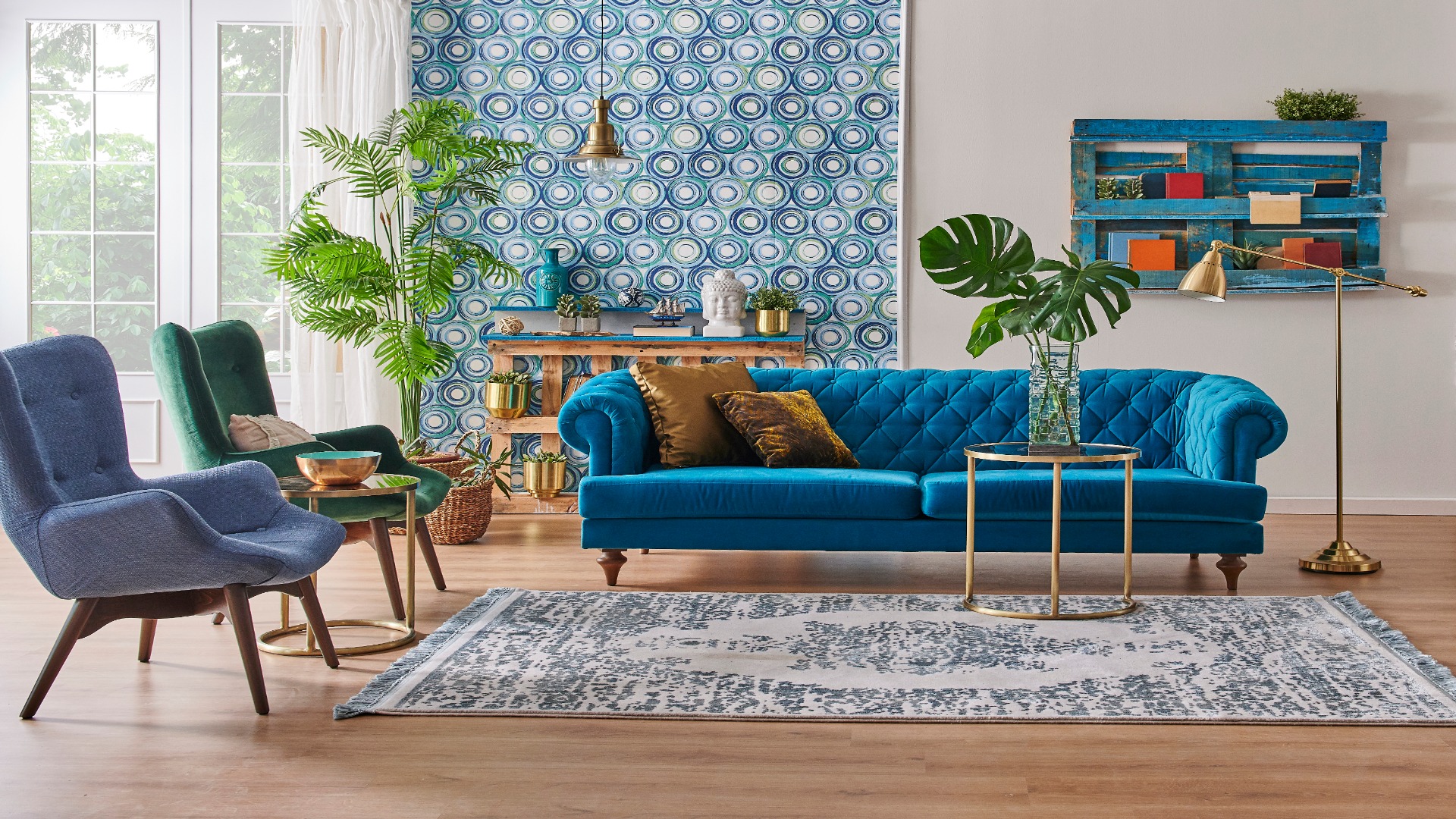
Home decorating trends often circle back around, bringing classic furniture designs into the spotlight once more. Traditional sofa styles that once graced our grandparents’ living rooms are finding their way back into modern homes. These timeless pieces offer both comfort and character that mass-produced furniture simply can’t match.
The information in this article is for general inspiration and informational purposes only. Always consider your personal style, space, and budget before making any furniture purchases or design changes.
1. Chesterfield-Style Sofas
Distinguished by their quilted or tufted leather upholstery, Chesterfield sofas bring instant sophistication to any room. The rolled arms sitting at the same height as the back give the sofa its unmistakable silhouette.
Originally commissioned by the Earl of Chesterfield in the 1700s, these pieces have evolved from stuffy gentlemen’s club fixtures to versatile statement pieces that work beautifully in both traditional and contemporary settings.
2. Lawson-Style Sofas
Comfort takes center stage with the Lawson sofa design. Unlike its more structured cousins, this style features loose back cushions separate from the frame, allowing you to sink in after a long day.
Designed for financier Thomas Lawson in the early 1900s, these sofas offered a relaxed alternative to the formality of Victorian furniture. Their clean lines and practical comfort make them perfect for family rooms where relaxation is the priority.
3. English Roll Arm Sofas
Graceful without being fussy, English Roll Arm sofas feature low, slightly rounded arms and a deep, comfortable seat. The tight back and loose seat cushions create a tidy profile that still invites lounging.
Sometimes called a Bridgewater variant, these sofas became popular during the early 20th century. Their versatile design fits equally well in country cottages and sophisticated urban apartments, adapting to nearly any décor style.
4. Camelback Sofas
Named for their distinctive humped back that resembles a camel’s silhouette, these elegant sofas make a refined statement. The curved top rail typically peaks in the center or features multiple humps for visual interest.
Popularized by Thomas Chippendale in the 18th century, camelback sofas often showcase carved wooden legs and exposed wood trim. Their formal yet graceful appearance makes them perfect focal points in living rooms or formal sitting areas.
5. Tuxedo Sofas
Sharp and sophisticated, tuxedo sofas feature arms and back at the same height, creating a bold rectangular silhouette. This geometric profile offers a more formal seating arrangement that commands attention in any space.
Emerging during the Art Deco era and named after Tuxedo Park, New York, these sofas combine classic elegance with modern sensibilities. Their clean lines work wonderfully in both traditional settings and minimalist contemporary rooms where architectural forms are celebrated.
6. Bridgewater Sofas
Casual comfort defines the Bridgewater sofa with its slightly rolled arms set lower than the sofa back. The softly tailored silhouette can feature a skirt that hides the legs, adding to its relaxed appeal.
Popular since the 1920s, these sofas strike the perfect balance between formality and comfort. Their unpretentious design makes them adaptable to various interior styles, from country casual to updated traditional, offering timeless appeal without commanding too much attention.
7. Settees And Loveseats
Perfect for smaller spaces, these diminutive sofas offer elegant seating without overwhelming a room. Traditional settees often feature exposed wood frames and delicate proportions inspired by 18th-century designs.
Their intimate scale makes them versatile additions to bedrooms, foyers, and compact living areas. Their revival speaks to our growing interest in furniture that serves multiple purposes while maintaining historical connections and providing conversation-friendly seating for just a couple of people.
8. Cabriole Sofas
Graceful curved legs that sweep outward before narrowing at the feet define the elegant cabriole style. These sofas often feature carved details at the knees and sometimes end in pad or claw-and-ball feet.
Originating in 18th century France and popular during the Queen Anne and Chippendale eras, cabriole sofas bring refined elegance to living spaces. Their ornate yet balanced proportions add a touch of sophistication without the heaviness of some traditional furniture styles.
9. Sectional Sofas With Classic Details
Modern convenience meets traditional styling in sectionals that incorporate classic elements like rolled arms, button tufting, or nailhead trim. These versatile pieces offer ample seating while maintaining connections to furniture history.
Today’s revival versions often pair traditional details with cleaner lines and more neutral fabrics. This evolution enables sectionals to suit both casual family rooms and formal living spaces, showing that comfort and classic design can coexist beautifully.

